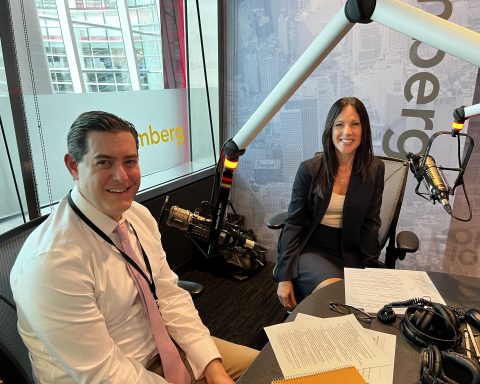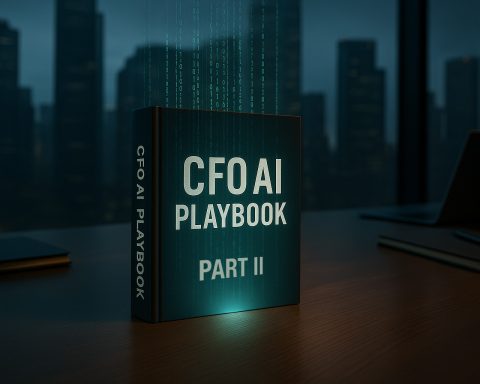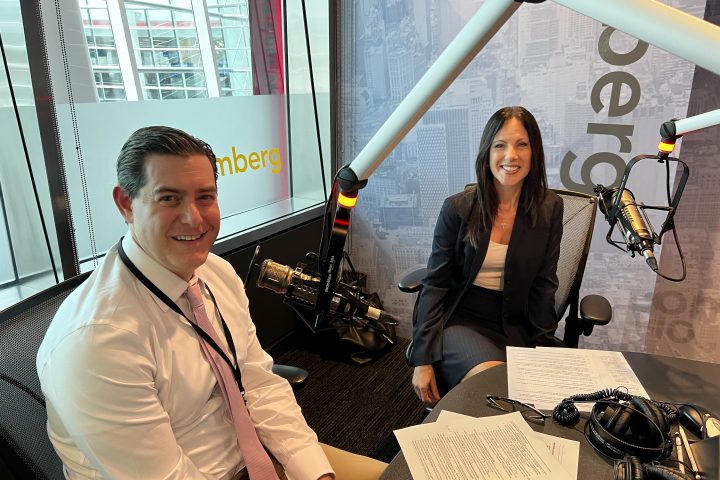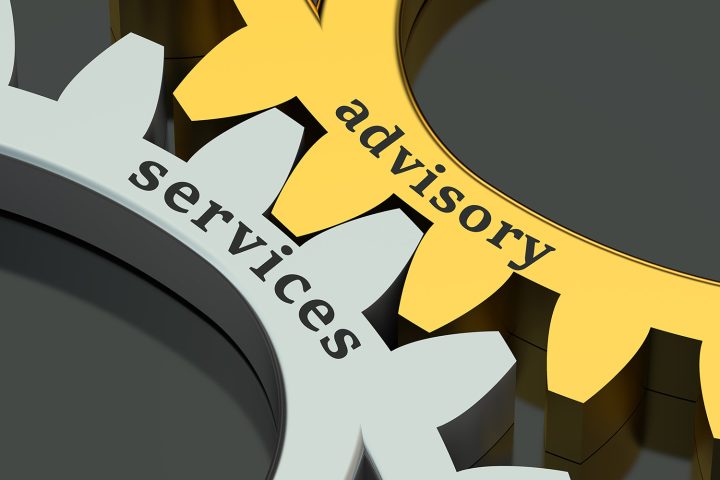Building a cash culture is difficult and requires team effort.
Achieving this cultural change should be considered a worthy goal, especially when a company is facing an uncertain business or banking environment. After all, if you are out of cash (i.e. liquidity) you are out of business; future profits will not help when your liabilities start to exceed your assets, and your bank has said “no”.
A strong cash management culture will allow companies more flexibility when unexpected demands for liquidity arise, from 3rd parties like your investors, banks or vendors. Additionally, a strong cash management culture lessens a company’s dependance on expensive, external capital sources which may not be available when needed.
According to a recent Ernst & Young survey companies with weaker cash management abilities have, on average, 26% more quarters of below-market performance than their peers, based on total shareholder returns.
Companies with a Treasury Function
Companies with a treasury function seeking to strengthen their cash culture may want to consider some of the solutions contained in a recent November 2024 FECG webinar on “Making A Cash Forecast pay for Itself in 2025”. Click on this link, Cash Forecast Webinar , to view the webinar.
Companies without a Treasury Function
For those companies without a treasury function building a strong cash culture may require them to explore what a “good” one should look like or at least understand what a “bad” one looks like. Another November webinar explored how to optimize your cash conversion cycle, a prerequisite to building a cash culture.
Questions to Determine if an Organization has a Weak Cash Management Culture:
- Are business units concerned about operating cash flow or is it a low rank priority?
- Are too many resources (staff, spreadsheets, emails, etc.) devoted to processing and reconciling vs. planning and forecasting future liquidity needs?
- Is there continued reliance on outdated or nonexistent bank relationship policies, lacking updated guidelines to address over-borrowing, under-investment, and overexposure, along with their associated risks?
- Is there a clear understanding of which bank services the company is paying for, whether it’s receiving full value, and how total costs and fees are being applied?
Cash Management Culture Benefits
Establishing a strong cash management culture offers numerous operational benefits—including lower bank borrowings and interest expenses, increased interest income, reduced exposure to foreign exchange losses, a shorter cash conversion cycle, and a faster financial close. Fostering a strong cash culture can also enhance a company’s negotiating leverage when developing deeper relationships with its banking partners.
Example: Banks view a pure lending relationship as less desirable than one that generates fees. Even the recently failed Silicon Valley Bank made sure its client relationships included non-lending business. Why a preference for fees? Fees and the use of a customer’s deposits, increases a bank’s return on its assets (ROA) and lessens a bank’s need to use its expensive and scarce capital to support its lending activities on a risk adjusted basis, thereby boosting its risk adjusted return on capital (RAROC).
Next Steps:
While each company has specific needs, below are some steps to enable a company to begin to build a cash culture.
- Utilize metrics that go beyond EBITDA to reward business units
- Free cash flow performance – do business units contribute to or use corporate cash to operate?
- Day’s cash is on hand – can a business unit support its own liabilities via a metric like cash on hand as % of current liabilities?
- Reduced cash conversion cycle (CCC) – Executing the entire cycle in fewer days means more operating cash flow faster and less need for external and expensive borrowings.
2. Create or update policies associated with investments, debt compliance and FX exposures
- Define “idle” balances and what to do with them. Fully understand all of the covenants and restrictions in your credit agreements to prevent issues before quarterly compliance certificates are due.
- Understand your exposure to market rates and limit your exposures.
3. Update your policy for managing bank relationships
- Develop a price-performance profile for the company’s banking relationships, detailing which services are being used by whom and at what cost. Selecting the right services can improve the Cash Conversion Cycle (CCC).
- Establish agreements on cash balance targets, ensuring that any ‘excess’ funds are moved to interest-earning accounts or allocated for optimal use.
- Establish a regular review process for both partners to assess their profiles and understand the risks and rewards of utilizing the appropriate level of services. Did you know that banks set targets for their customers? Are you aware of the specific targets your bank has established for your company?
In summary
Building a strong cash management culture is undeniably challenging, but it is a goal worth pursuing as it pays long-term dividends in terms of financial flexibility, stability, and overall business success. It requires the commitment and collaboration of all teams within the organization, from finance to operations, and must be prioritized as part of the company’s long-term strategy.
Financially, estimating the costs and benefits of a cultural shift is no different than evaluating any other CAPEX designed to generate future success.
If you need help building the architectural vision for your company in 2025, FENG has the resources to help by allowing you to talk with others who have “been there, done that” like your fellow FENG members.





















